Strawberry Elsanta
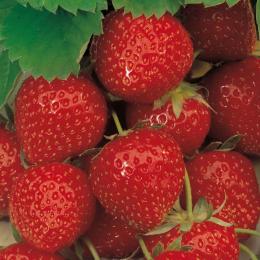
Who hasn't eaten strawberries at least once in their life? This berry is very tasty and aromatic. It is eaten not only fresh, but also used in the preparation of jam, jam and various drinks and cocktails. Many confectionery dishes become unusually tasty thanks to strawberries. Therefore, it is not surprising that most summer residents and gardeners allocate space for strawberries on their plots. And they all dream of finding a high-yielding variety with sweet berries. One great option is Strawberry Elsanta.
Content:
Features and characteristics of the Elsanta variety
The Elsanta strawberry variety is considered a high-yielding variety.
This variety was developed in 1981 in Holland by crossing the Holiday and Gorella varieties. This variety has become a kind of standard, because it met the expectations of gardeners and breeders in many aspects. Therefore, many who tried to grow some other varieties of strawberries still returned to the long-proven cultivation of the Elsanta variety.
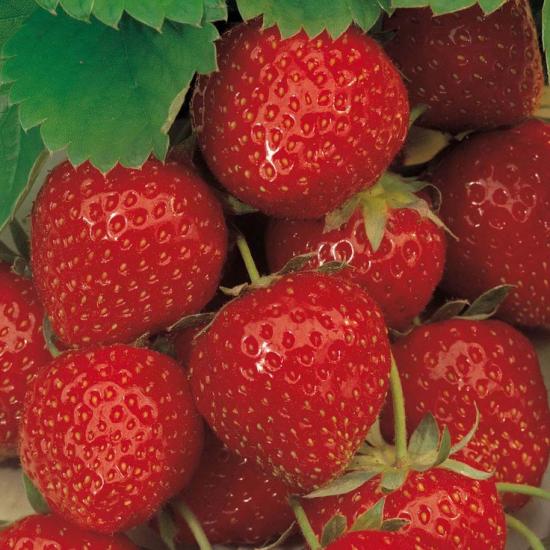
The variety has been popular among summer residents for a relatively long time. Here it is main characteristics:
- Strawberries form few rosettes and tendrils.
- The fruits are characterized by a wide-conical shape, have a strong shine, and the berries are even called “varnished.” The tips of the first fruits are lighter. The berries range in size from medium to large (the average weight of a ripe berry is approximately 45 g), they are bright red in color and juicy.
- The fruit pulp is bright red or bright pink.
- The yield is quite large - approximately 1.5 kg per plant.
- The advantage of the berries is their good density, they tolerate transportation well over sufficient distances and are stored well in room conditions, even up to 3 days.
- The taste of strawberries is exclusively dessert.
- The fruits are highly resistant to brown and white spots, gray rot, but this variety is very susceptible to powdery mildew. In addition, it is susceptible to root rot.
- Elsanta strawberries are considered an excellent variety for growing strawberries in film tunnels. Strawberries can also be grown in open ground.
- The bushes are medium in size. Up to 5 flower stalks can form on a bush. The stem comes off easily.
- The frost resistance of this variety is weak; strawberries require shelter and protection for the winter by mulching.
- Elsanta strawberries have a medium ripening period.
- This variety is moisture-loving and reacts differently to changes in temperature, depending on the method of caring for it.
- In general, it is unpretentious, there is no need to constantly fertilize.
Planting Elsanta strawberries
It is advisable to plant Elsanta strawberries in the fall, as spring planting produces smaller fruits. It is not worth planting before September. In hotter periods of the year, more abundant watering will be required, which does not have a particularly beneficial effect on strawberries.
It is best to plant in a two-lane method (30x30), the distance between the bushes is about 40 cm, the distance in the row is 25 cm.
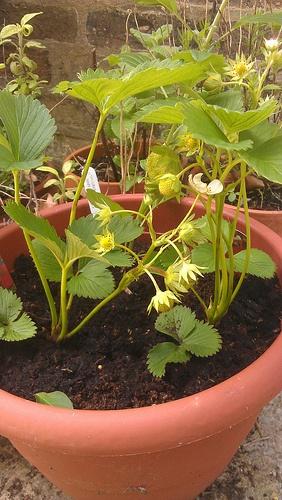
The seedlings are planted in moist soil, which should subsequently be compacted around the planted bush. This must be done so that later the roots do not crawl to the surface and freeze. After planting seedlings it is necessary to water them abundantly, which will also allow the soil to compact better.
It is not advisable to apply any fertilizers when planting strawberries. Thanks to this, the strawberries will not lose their shape and will not reduce the yield.
Why can this be said? The fact is that “underfed” strawberries become more resistant to many negative factors. For example, one that is constantly fed will begin to wither within a week during the heat, but more “trained” strawberries will last much longer. Fertilizers can be applied already in the third year, when the plantings are last used.
Strawberry care
In the first year of planting strawberries, care will include timely watering of the plant. In the first days (about 10 days) after planting, water frequently, but not abundantly; then, on the contrary, water less frequently, but in larger quantities. Over the next 10 days, the plant's roots will deepen and make the bush more resilient. Subsequently (approximately mid-November) the strawberry bush will be ready for wintering.
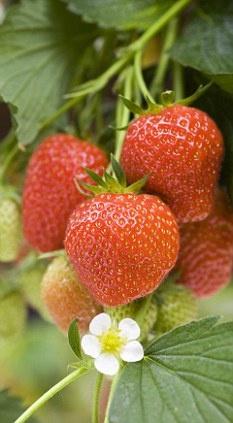
It is very important to help strawberries stock up on enough moisture for the wintering period, because at this time of year the plant also requires drinking. Just like the sun, frost dries out the soil, so even before frost sets in, it is important to water the plant sufficiently (if there is no rain).
In early spring, an important component in caring for the plant will be, again, watering the plant and early weed removal. During fruiting, there is no longer any need to water abundantly; it is enough to maintain the moisture balance itself at normal levels.
So, we can say with confidence that Elsanta strawberries are an excellent option for planting in a summer cottage or garden. It will undoubtedly delight you with a good harvest and excellent taste.

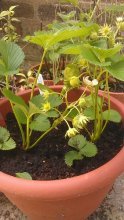
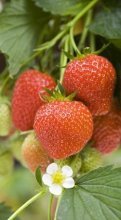
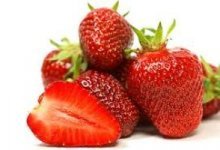
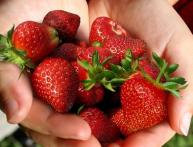
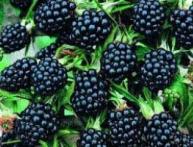
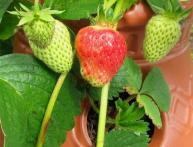
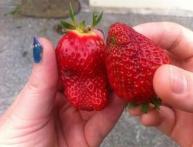
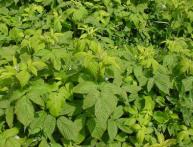
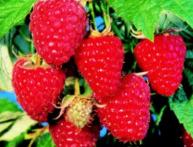
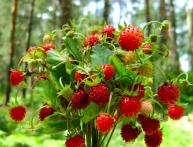
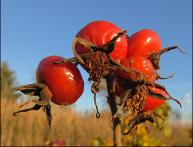
Comments
Elsanta strawberries are a good variety, but care for them is the same as for all strawberries. Regular watering, clearing weeds, abundant watering in the fall and then the harvest will be good!